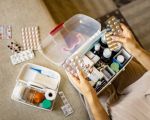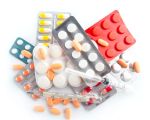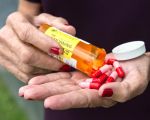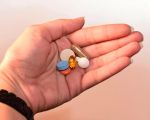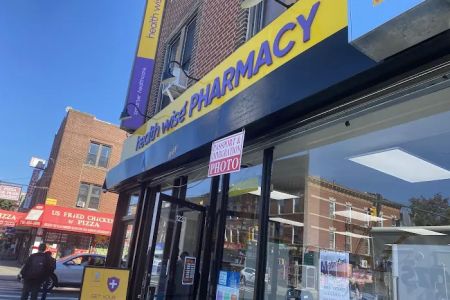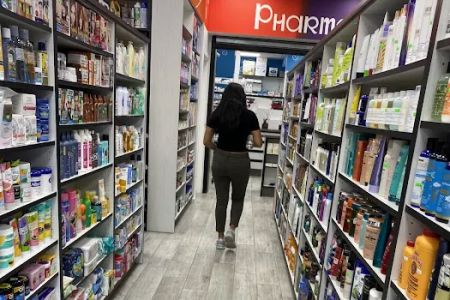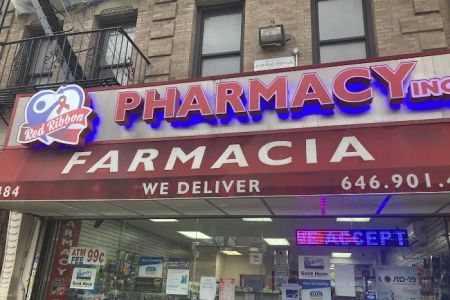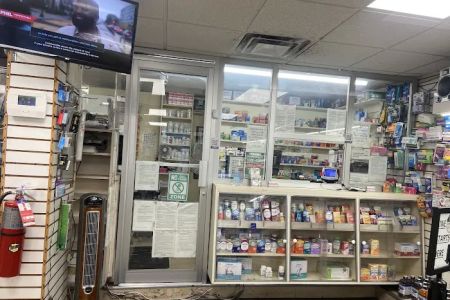How to Read Pharmacy Lot Numbers for Recalls
When it comes to taking medications, safety should always be a top priority. One of the most important steps in ensuring the safety of the medications you take is understanding how to read pharmacy lot numbers, especially when it comes to identifying potential recalls. As someone who’s navigated through the process of checking my prescriptions and over-the-counter medications, I can say that knowing how to read a lot number can make all the difference in ensuring your safety. Let me walk you through the process of decoding pharmacy lot numbers and the role they play in medication recalls.
1. What is a Pharmacy Lot Number?
Before diving into how to read pharmacy lot numbers, it's essential to understand what they represent. A lot number, sometimes referred to as a batch number, is a unique identifier given to a specific batch of products manufactured at the same time. For medications, this number is critical as it allows the manufacturer and regulatory agencies, like the FDA, to trace the medication back to its production date and facility.
1.1 Why Lot Numbers Matter
Lot numbers are used by pharmaceutical companies and regulatory bodies to track and manage the quality of drugs. If there’s an issue with a batch, such as contamination or incorrect labeling, the lot number can help pinpoint exactly which products need to be recalled. This is why it’s important to familiarize yourself with these numbers; knowing them can help protect you from using faulty medications.
2. Where to Find Lot Numbers on Medication Packaging
If you’ve ever looked at your medication bottles, you’ve probably noticed a series of numbers or letters on the label. This is the lot number. But where exactly can you find it? The lot number is typically located on the packaging of the product, either on the box or the bottle itself. It can appear next to the expiration date or somewhere else near the bottom of the label. In some cases, you may need to look for a small number near the barcode or on the seal of the bottle.
2.1 Different Formats for Lot Numbers
Lot numbers can come in different formats depending on the manufacturer. Some may be purely numerical, while others may include letters in addition to numbers. For example, a lot number might look like this: "A12345" or "12345AB." The inclusion of letters often helps distinguish between different types of products or different production facilities, but the most important aspect is that the lot number is unique to that batch of medication.
3. How to Check for Recalls Using Lot Numbers
Once you have your lot number, the next step is to use it to check whether your medication has been recalled. Fortunately, the process is simple, and there are several resources you can use to check for recalls.
3.1 Using the FDA's Website
The U.S. Food and Drug Administration (FDA) is the primary authority that oversees medication recalls. The FDA has a dedicated website where you can search for medication recalls by entering the lot number or product name. To check if your medication has been recalled, visit the FDA’s recall database and use the search bar to enter the lot number. This will show you whether your product has been flagged for recall and why.
3.2 Manufacturer Websites and Mobile Apps
Many pharmaceutical manufacturers also provide recall information on their websites or mobile apps. If you're unsure how to look up your medication, check the manufacturer’s site for information on how to report a lot number or inquire about recalls. Some manufacturers even have dedicated pages for recall alerts, making it easier to find information specific to your product.
4. What to Do if Your Medication Is Recalled
In the unfortunate event that your medication is recalled, it’s important to follow the steps provided by the recall notice. Typically, the notice will include details on how to return or dispose of the medication, as well as what to do if you’ve already used it. If you’re unsure about the next steps, don’t hesitate to contact your healthcare provider for advice.
4.1 Returning the Medication
If your medication has been recalled, the first step is to stop using it immediately. The recall notice will often provide instructions on how to return the medication to the pharmacy or dispose of it safely. Make sure to follow these guidelines closely to avoid any further complications.
4.2 Seeking a Replacement
In many cases, you may be able to get a replacement for the recalled medication. The pharmacy where you purchased it may offer a refund or provide a substitute. If you’re unsure, consult with your healthcare provider for guidance on an alternative medication.
5. How to Stay Informed About Medication Recalls
While checking lot numbers for recalls is important, staying informed about potential recalls is just as crucial. To make sure you’re always up-to-date, consider signing up for recall alerts from trusted sources like the FDA, manufacturer websites, or third-party recall tracking services. I personally signed up for email alerts from the FDA, which sends notifications whenever a new recall is issued.
5.1 Signing Up for Alerts
Many websites, including the FDA, offer free email alerts about drug recalls. These alerts can be customized to your preferences, so you only receive notifications for medications that are relevant to you. Signing up is a simple process, and it’s a great way to ensure you’re always in the loop.
5.2 Follow Up With Your Pharmacist
If you’ve purchased a medication recently, it’s always a good idea to check in with your pharmacist. They can provide additional information on recalls and let you know if any of your medications are affected. Pharmacists are a valuable resource when it comes to medication safety, and they’re usually happy to assist with recall-related inquiries.




